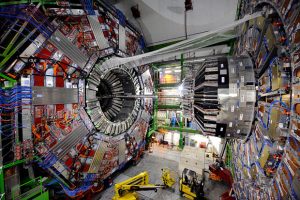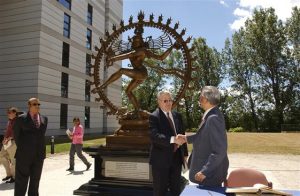 The European Organization for Nuclear Research (CERN) has just released 300 terabytes of data that has been gathered from the Large Hadron Collider. That data has been released online through the organization’s Open Data Portal. The scientists at CERN are asking the public to analyse the data and see what they can come up with.
The European Organization for Nuclear Research (CERN) has just released 300 terabytes of data that has been gathered from the Large Hadron Collider. That data has been released online through the organization’s Open Data Portal. The scientists at CERN are asking the public to analyse the data and see what they can come up with.
The data has been released by CERN is two distinct types of subsets. The first is a primary data set that contains all of the original research and then there is are sets that have been simplified in an effort to make understanding easier with an eye toward making it teaching material. CERN has also put online something they call a “Virtual Machine” that they believe will aid in the independent analysis. Everything is online for free and can be accessed regardless of computer type or model.
Once one has installed the Virtual Machine, complete directions for which are at the site, the data gathered from the Compact Muon Solenoid (CMS) can be analyzed. The 300 terabytes released is only about half of the data that the Large Hadron Collider collected back in 2011.
Kati Lassila-Perini, the CERN physicist on charge of data collection said, ” Members of the CMS Collaboration put in a lot of effort and thousands of personal hours each of service work in order to operate the CMS detector and collect these research data for our analysis… we see no reason not to make them available publicly. The benefits are numerous, from inspiring high school students to the training of the particle physicists of tomorrow.”
The CERN scientists are really hopeful that many will take them up on their offer of analyzing the data. The can see only mutual benefit and they want to encourage cooperation across all manner of platforms and with as many people as possible.
“We are pleased we can make all of this data publicly available,” Lassila-Perini said. “We look forward to how they are utlilized outside our collaboration for research as well as for building educational tools.”
PHOTO SOURCES: Reuters. Telegraph.co.uk, Geek.com

